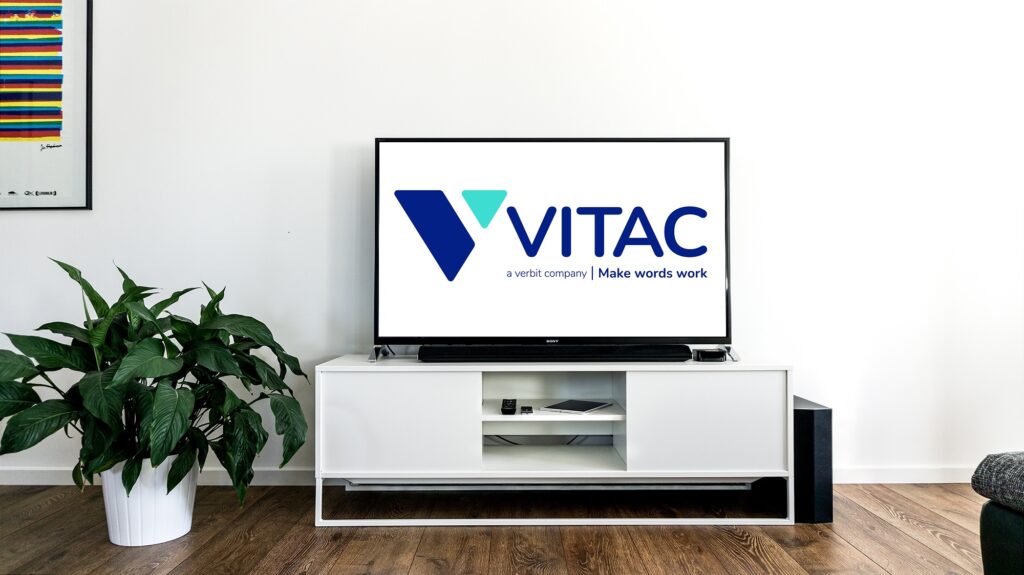VITAC provides accessible solutions at all levels of education
Students across the country face many challenges throughout the school year, with many juggling sports, family life, extracurricular activities, academic studies, testing, jobs, and more. But for those who are deaf or hard of hearing, there often are additional challenges that they — and their schools — may need to overcome.
However, in recent years, a growing number of primary and secondary schools, colleges, and universities have begun working towards greater ADA classroom accessibility for their DHOH students and, in the process, are discovering myriad educational benefits from satisfying those closed captioning requirements.
As more video (online, DVD, or broadcast) is used to support classroom learning, schools are captioning their digital content and finding that those captions and subtitles improve the engagement, retention, and overall learning experience for all students and not just those requiring accessible content. For example, subtitles on elementary school educational videos also help promote early-age reading as well as literacy and language comprehension skills in all students by making vocabulary recognition automatic.
CART Captioning in the Classroom
There also are other ways that schools can make their classrooms more inclusive, such as by providing offline, live, and/or video captioning, with one of the most commonly offered services being in-person or remote “Communication Access Realtime Translation” (CART).
In-person CART features an on-site captioner who sits in the classroom next to the student and creates captions just as they would for a television show. The student and captioner share a screen, and captions appear as the instructor speaks them.
Remote CART involves a captioner listening to a classroom lecture via IP audio (such as Skype) and quickly sending captions to a dedicated URL, which the student can access and save for later study. Remote CART also has a few additional advantages — multiple students can use it and captions can be streamed directly to the college or university’s Learning Management System (LMS) so that an accessible version is available for future reference. Additionally, VITAC will work with schools to help them overcome any remote technical issues (such as classroom wiring or LMS access) and ensure that they are using appropriately compatible technology.
VITAC, the country’s largest provider of closed captioning needs, offers a wide variety of services and solutions to help schools meet ADA requirements and better educate all students.
Click here to learn more about how VITAC can help make classrooms more inclusive.




